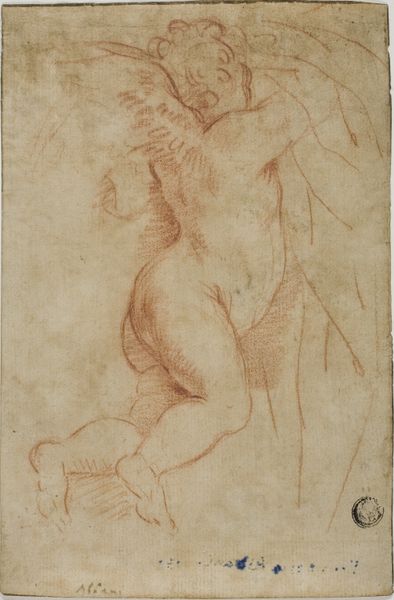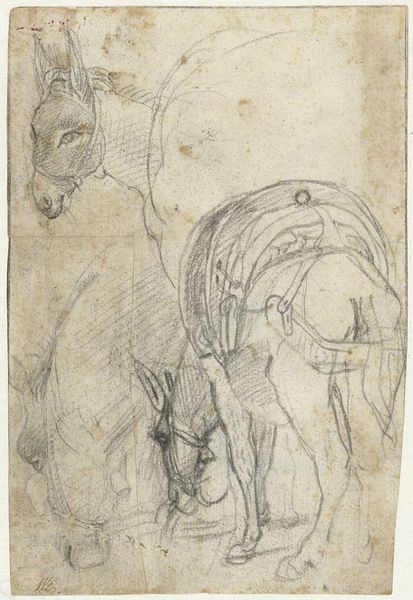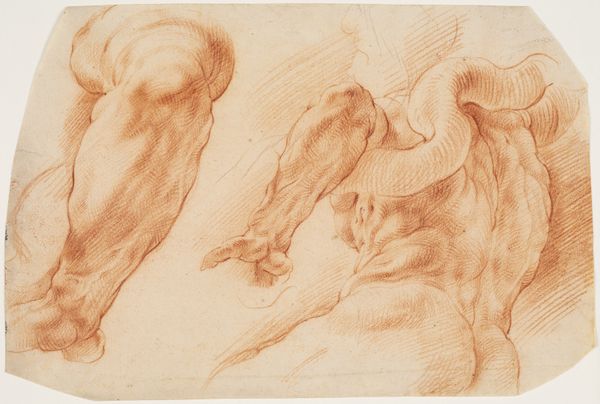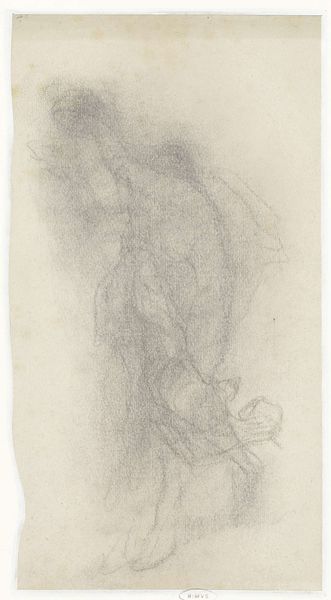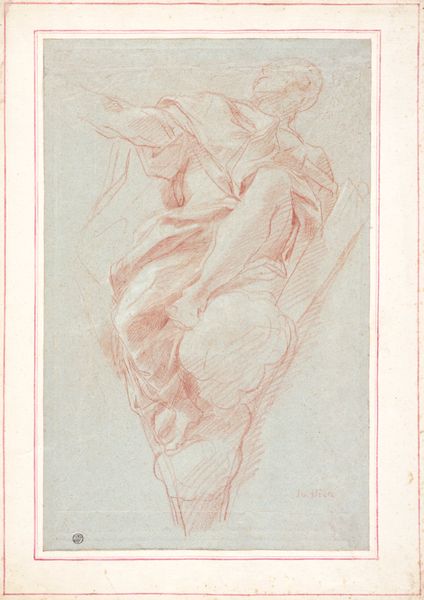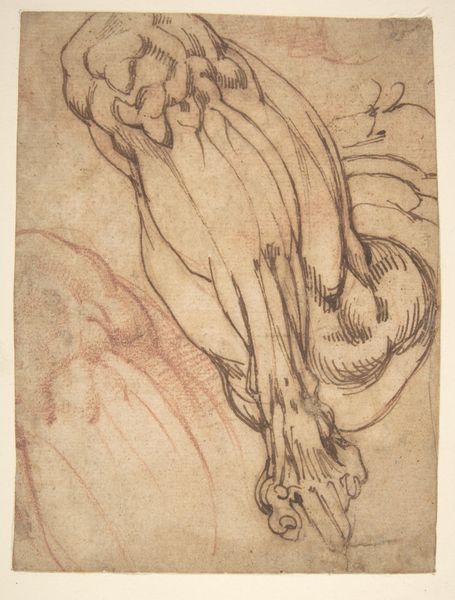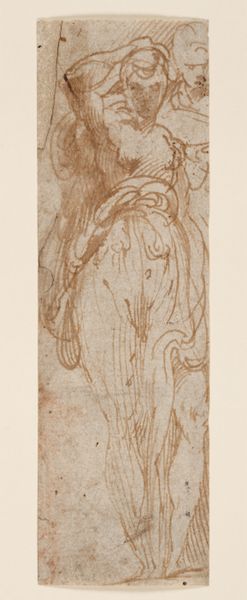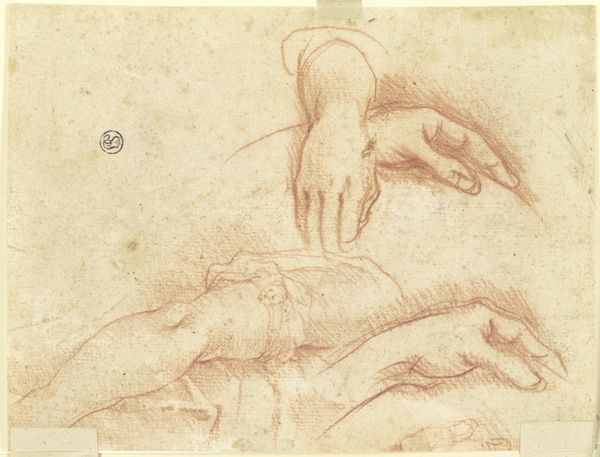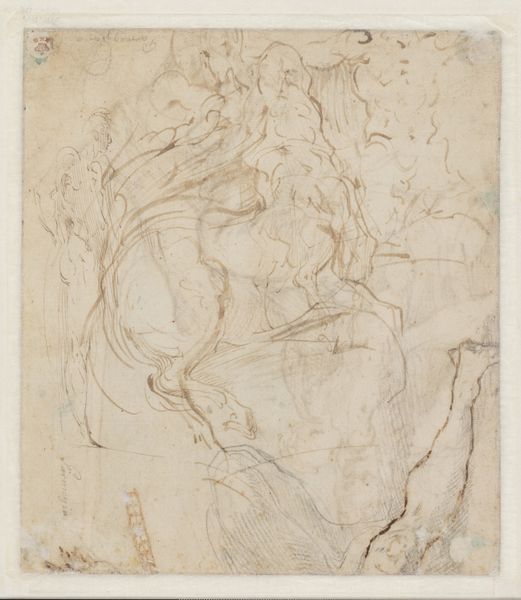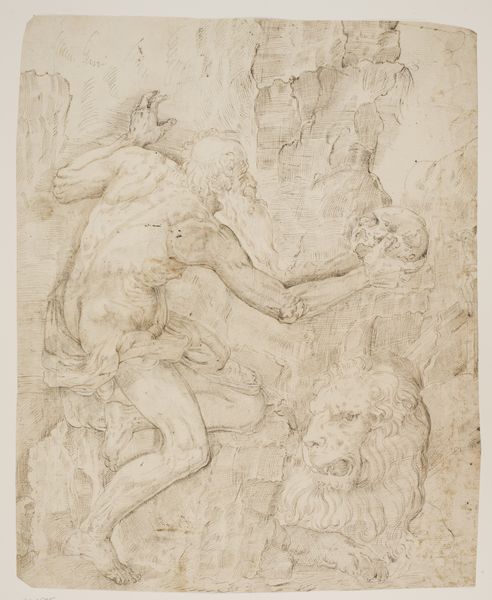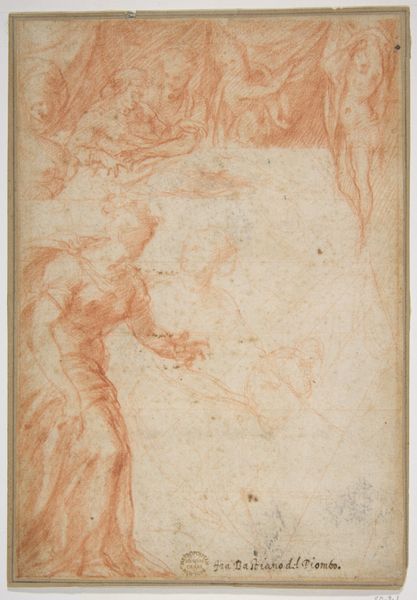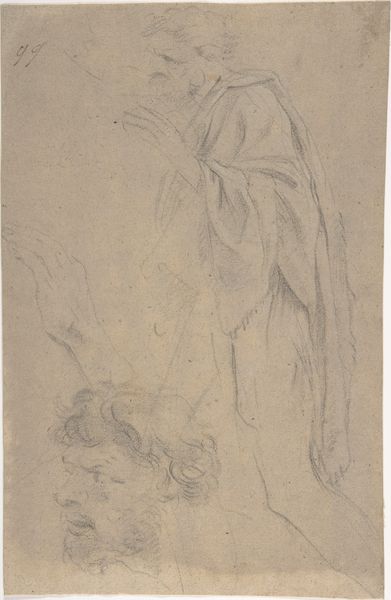
drawing, pencil
#
drawing
#
neoclacissism
#
pencil drawing
#
pencil
#
history-painting
#
academic-art
Dimensions: sheet: 21.1 × 34.7 cm (8 5/16 × 13 11/16 in.)
Copyright: National Gallery of Art: CC0 1.0
Curator: This drawing by Giovanni Battista Piranesi, dating from the 1750s, is entitled "Fragment of a Lion Bas-Relief (verso)." It’s rendered in pencil, giving it a subtle, almost ethereal quality. Editor: My immediate reaction is one of suppressed power. It's just a fragment, yet that mane and jawline suggest a monumental presence. Curator: Piranesi, known for his etchings of Rome, here adopts a more academic style, evident in his attention to detail. However, we must acknowledge the historical context of Neoclassicism, specifically how lion imagery has been repeatedly linked to figures of imperial power. How might this image engage in conversations around domination and colonial legacy? Editor: The lion as symbol is pervasive. Strength, pride, kingship, danger. And within a religious framework, it evokes narratives from Daniel in the lion's den to depictions of Saint Mark. Considering it's a "Fragment," perhaps Piranesi is deliberately playing with broken power, a ruin of an established ideal? Curator: Exactly. And let's also consider access to these ancient sculptures at the time. These weren't freely accessible artifacts but rather items displayed in wealthy men's collections. Piranesi’s rendering of them through drawing provides an element of accessibility to a broader audience, potentially dismantling hierarchical barriers to art engagement. Editor: The pencil work lends an air of fragility, doesn't it? Not a solid block of marble but a collection of lines, suggesting both presence and absence. It carries this inherent duality, like a memory that's been slowly eroding, making the symbolism even more compelling. What once was unassailable slowly fading. Curator: Fascinating points! The lion is a palimpsest—layered with centuries of political and cultural meanings that keep shifting. The incompleteness emphasizes not just what has been lost, but what narratives get emphasized and erased as societies reshape the past to suit contemporary ideologies. Editor: Thank you, your analysis gave me fresh avenues for contemplation, expanding the emotional weight beyond my initial impressions. Curator: Indeed. And hopefully, by questioning those received ideas around classical aesthetics and power structures we challenge them to resonate differently for us today.
Comments
No comments
Be the first to comment and join the conversation on the ultimate creative platform.
